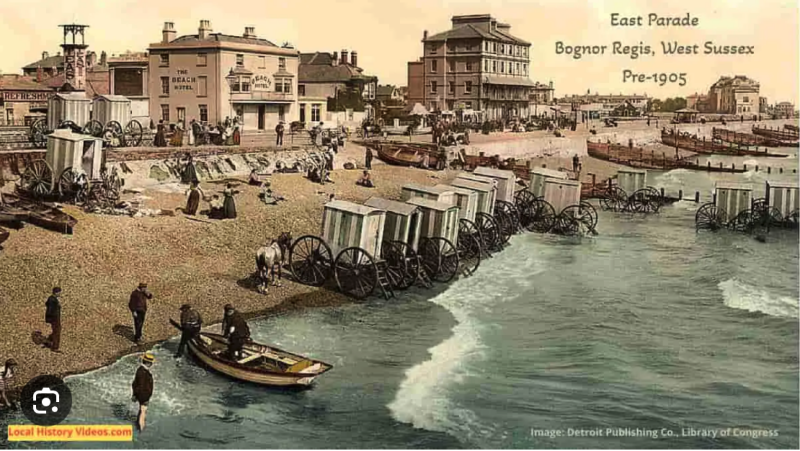Bognor Regis transformed from a small fishing village into a prominent Victorian seaside resort, largely thanks to the vision of Sir Richard Hotham in the late 18th century. However, it was during the Victorian era that Bognor truly flourished and cemented its place as a popular holiday destination.
The arrival of the railway in 1864 was a pivotal moment, making Bognor easily accessible for a wider range of visitors, particularly those seeking an escape from the burgeoning industrial cities. This increased connectivity led to a rapid expansion of the town's size and population.
A defining feature of Bognor's Victorian identity was the construction of its iconic pier, which opened in 1865. The pier served as a central hub for entertainment and promenade, offering visitors a place to stroll, enjoy the sea air, and partake in amusements. Victorian architecture, much of which can still be seen today, adorned the seafront, reflecting the era's grand aesthetic and the town's growing prosperity.
While Bognor was originally envisioned as a fashionable resort for the wealthy, it evolved to cater to a broader range of holidaymakers, offering the quintessential British seaside experience with its shingle and sandy beaches, promenades, and developing entertainment options. Although Bognor gained its "Regis" suffix much later in 1929 after a royal convalescence, its foundation and significant growth as a seaside resort were firmly established during the Victorian period, characterised by the influx of visitors, the development of key infrastructure like the pier, and the distinctive architectural style of the era.

